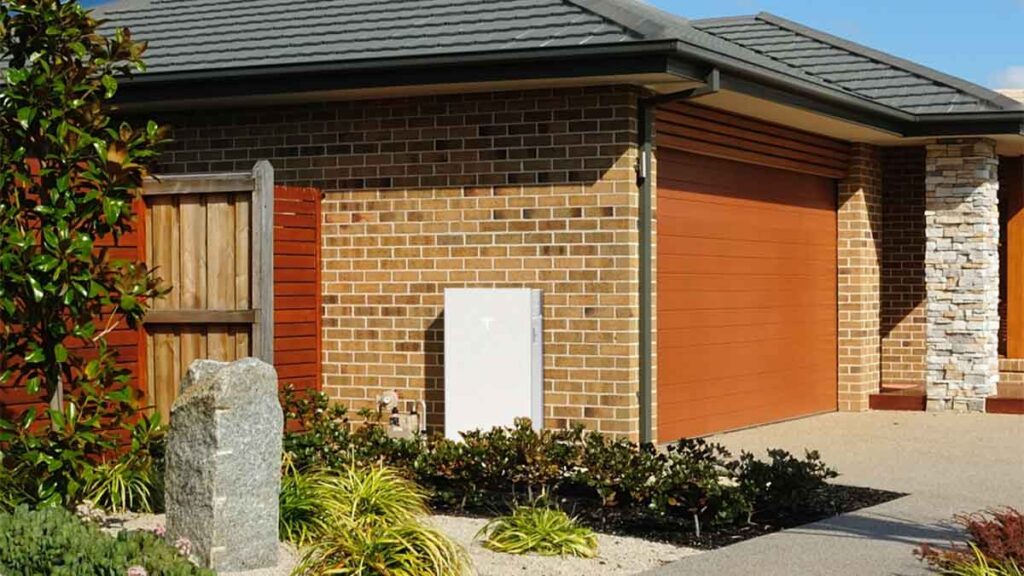1. Federal Support Is Changing the Game
💰 What does that mean in real terms?
🧭 Why is this happening?
The government is investing $2.3 billion in this program to:
- Encourage more Australians to store their solar power
- Reduce peak demand on the grid
- Improve reliability and resilience during extreme weather or outages
- Lay the groundwork for smarter, more connected home energy systems (via VPPs)
The rebate will be available nationally, and the subsidy amount will gradually reduce each year until the program concludes in 2030 meaning early adopters are likely to receive the highest benefit.
2. Battery Prices Are Falling — Quietly, But Significantly
📊 Why are prices dropping?
Global manufacturing scale:
As demand grows internationally, production of lithium batteries particularly in China and South Korea has ramped up significantly.
Lower material costs:
The price of lithium (especially lithium carbonate) fell sharply through 2023, making raw battery cells cheaper to produce.
New brands entering the market:
Brands like Sungrow, Alpha ESS, and others are offering competitive pricing without compromising reliability, increasing pressure on premium players to lower their prices.
Simplified installation:
More all-in-one battery systems (with built-in inverters and monitoring) have reduced installation complexity and labor costs.
What does this mean for homeowners?
- The brand and size of the battery
- Your location
- and what’s included in your installation quote
…it’s clear that batteries are now more accessible than ever, especially when paired with existing solar.
3. Why Households Are Reconsidering Batteries
📈 Energy Prices Are Rising
⚠️ Reliability Is Becoming a Concern
🌱 It’s Not Just About Savings
Yes, cost still matters but for a growing number of Australians, it’s also about:
- Reducing reliance on fossil fuels
- Gaining more control over when and how they use energy
- Making the most of their rooftop solar investment
Batteries are becoming part of a long-term home energy strategy, not just a short-term financial decision.
4. They’re No Longer Just for “Green” Homes
- Families wanting to protect themselves from future energy price hikes
- Regional homeowners looking for blackout protection
- People building new homes and planning for long-term energy resilience
- Older homeowners wanting stability in their bills as they move into retirement
🔄 The Shift from “Nice to Have” to “Strategic Upgrade”
What used to be seen as a luxury is now viewed by many as a smart, forward-looking investment. With rebates available, lower system costs, and more flexible battery options on the market, solar batteries are entering the same category as:
- Heat pump hot water systems
- Energy-efficient heating and cooling
- Double glazing and insulation upgrades
In short: batteries are becoming part of the modern Australian home not just an eco-conscious add-on.
💬 What We’re Hearing From Homeowners
Whether it’s saving money, gaining independence from the grid, or just making better use of their rooftop solar, the motivation to install a battery is increasingly practical.
“We didn’t think a battery made sense for us a year ago, but once we looked into the new rebate and saw how prices had dropped, it felt like the right time to do it.”
“With the power going out more often lately, it just gives us peace of mind.”
Final Thoughts: What’s the Takeaway?
It’s clear that solar batteries are no longer sitting on the sidelines of the energy conversation. Thanks to a combination of:
- New federal support
- Falling prices
- Rising power bills
- And growing interest in energy independence
📘 Want to Know More?
If you’re wondering how the rebate works or whether a battery might suit your home, we’ve created a detailed, plain-English guide:
We’ll keep it updated as new details are released so it’s a good one to bookmark.





